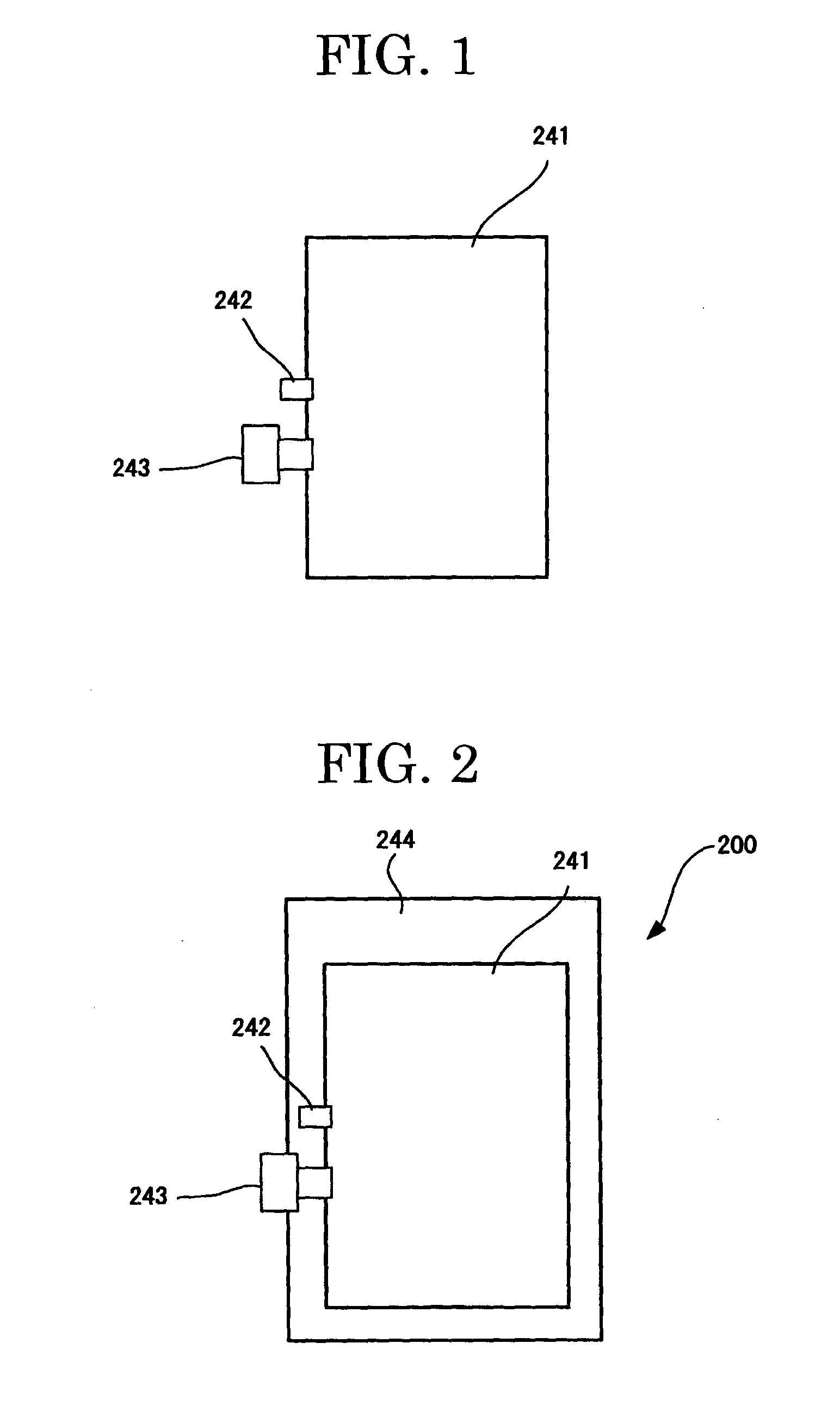Non-aqueous photopolymerizable inkjet ink and ink cartridge
a photopolymer and inkjet ink technology, which is applied in the field of non-aqueous photopolymer inkjet ink and ink cartridge, can solve the problems of allergy to skin brought into contact, not provided any solution, and many of the monomers used in such conventional photopolymer inkjet inks have toxicity, etc., to achieve the effect of improving the strength of the cured film, low viscosity and easy handling
- Summary
- Abstract
- Description
- Claims
- Application Information
AI Technical Summary
Benefits of technology
Problems solved by technology
Method used
Image
Examples
examples
[0059]Hereinafter, the present invention is specifically explained by demonstrating examples and comparative examples, but the present invention is not to be limited by these examples.
[0060]An SI value of a photopolymerizable monomer and so on was measured in the below described manner according to a skin sensitization test based on the LLNA (Local Lymph Node Assay) method.
[Test Materials]
>
[0061]As the positive control, α-hexylcinnamaldehyde (HCA; manufactured by Wako Pure Chemical Industries, Ltd.) was used.
>
[0062]As a vehicle, a mixture of acetone (manufactured by Wako Pure Chemical Industries, Ltd.) and olive oil (manufactured by Fudimi Pharmaceutical Co Ltd.) at a volume ratio of 4:1.
>
[0063]Before treated with the test substances, the positive control or the vehicle control, female mice were acclimated for 8 days including 6-day quarantine. No abnormalities were found in all the animals during the quarantine / acclimation period. Based on the body weights measured 2 days before th...
examples 1 to 10
Comparative Examples 1 to 2
[0080]Inks were obtained by mixing the following materials (a) to (c) at a mixing ratio indicated in the respective columns of Examples 1 to 10 and Comparative Examples 1 to 2 in Table 3 (numbers are in parts by mass).
[0081](a) Diethylene glycol dimethacrylate as a bifunctional monomer having negative skin sensitization
[0082](b) Caprolactone-modified dipentaerythritol hexaacrylate and ethylene oxide-modified trimethylolpropane trimethacrylate as a polyfunctional monomer having negative skin sensitization
[0083](c) Photoradical polymerization initiator having negative skin sensitization
[0084]Details of a, b1 to b2, c1 to c3 in Table 3 are as follows. A value in brackets at the end is the SI value in the LLNA test of the skin sensitization test (1). Also, a description of “negative skin sensitization” or “no skin sensitization” in brackets at the end denotes that evaluation of “negative skin sensitization” or “no skin sensitization” in the MSDS (Material Safe...
PUM
| Property | Measurement | Unit |
|---|---|---|
| viscosity | aaaaa | aaaaa |
| viscosity | aaaaa | aaaaa |
| time | aaaaa | aaaaa |
Abstract
Description
Claims
Application Information
 Login to View More
Login to View More - R&D
- Intellectual Property
- Life Sciences
- Materials
- Tech Scout
- Unparalleled Data Quality
- Higher Quality Content
- 60% Fewer Hallucinations
Browse by: Latest US Patents, China's latest patents, Technical Efficacy Thesaurus, Application Domain, Technology Topic, Popular Technical Reports.
© 2025 PatSnap. All rights reserved.Legal|Privacy policy|Modern Slavery Act Transparency Statement|Sitemap|About US| Contact US: help@patsnap.com



